Bremen at Second Sight
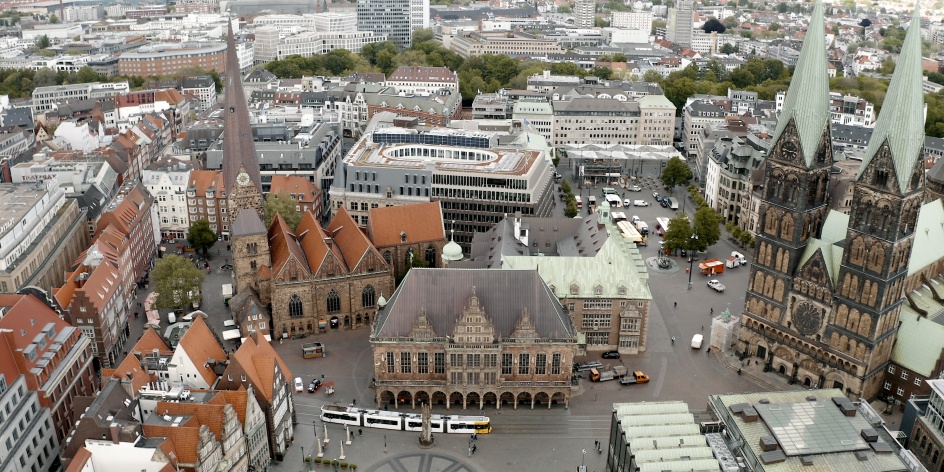
© WFB - MKA
It's often worth taking a second look, because Bremen has some exciting stories, works of art and memorable places hidden away from the classic sights. We have collected a few in our overview. You might even pass them every day. Take a closer look!
Seven Stone Figures on a Gable
Have you ever noticed these figures? Perhaps you know the legend of the seven lazy sons of a poor farmer who couldn't find work and went out into the world. They came back with lots of innovative ideas. These brothers, who have always symbolised inventiveness and ingenuity, are commemorated by the famous "Sieben Faulen-Brunnen" (Seven Lazy Sons Fountain) in the heart of Böttcherstraße. But the figures are also hidden elsewhere. If you look up at the entrance to Böttcherstraße, the "Sieben Faulen" (Seven Lazy) tower up into the sky on the right-hand side of the roof gable. They give the building its name today and were created by the sculptor Aloys Röhr.
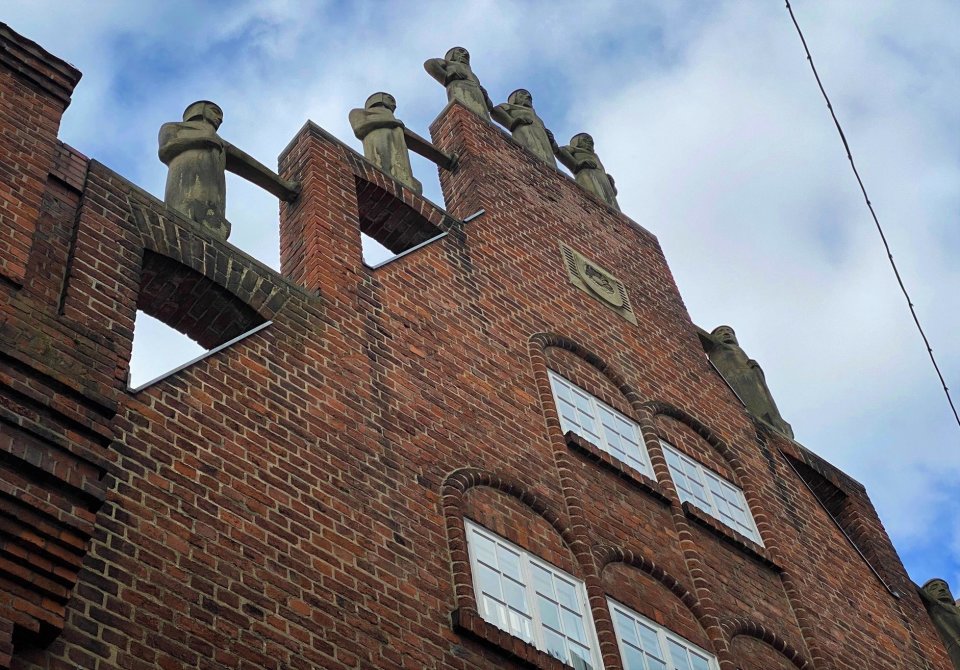
© WFB / LRU
Nails in the Ground
Perhaps you've already wondered about the talon-sized nail heads in the ground in the city centre. Coincidence? No! Over a distance of around 1.5 kilometres, around 2000 marker points, each about 1 metre or less apart, indicate a tour along the most important sights. This is a wonderful way to explore Bremen on foot. You can find out exciting background information about the market square, Town Musicians etc. by listening to our audio guide, which accompanies you along the "Nagel-Route" (Nail-Round).You'll get even more background information about the marketplace, the famous Town Musicians and their friends, if you listen to our audio guide as you walk along this route. Just follow the "nails in the ground".
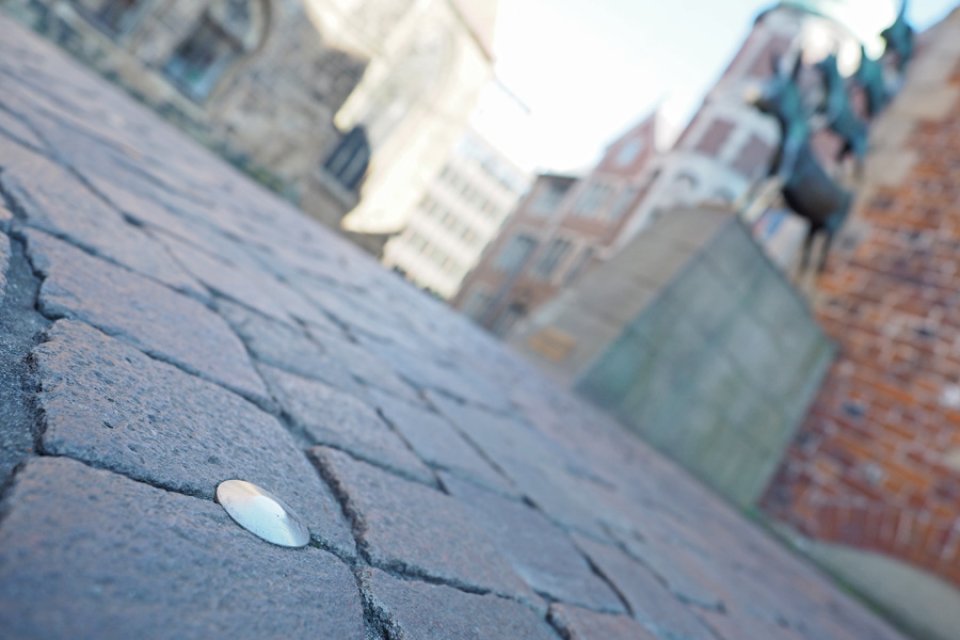
© Rike Oehlerking
A Giant Cross Made of Cobblestones
On the Market Square, all eyes and cameras are focussed on the town hall, Roland statue and cathedral. Most of them, often without realising it, are standing in the middle of a striking paving stone - a Hanseatic cross. This used to be emblazoned on the flags of the Hanseatic Legion. The citizens of Bremen, Hamburg and Lübeck fought together in the Wars of Liberation from 1813 to 1815. 4.8 metres in diameter, the cross is still a reminder of times after the Hanseatic League, but also stands for freedom and unity.
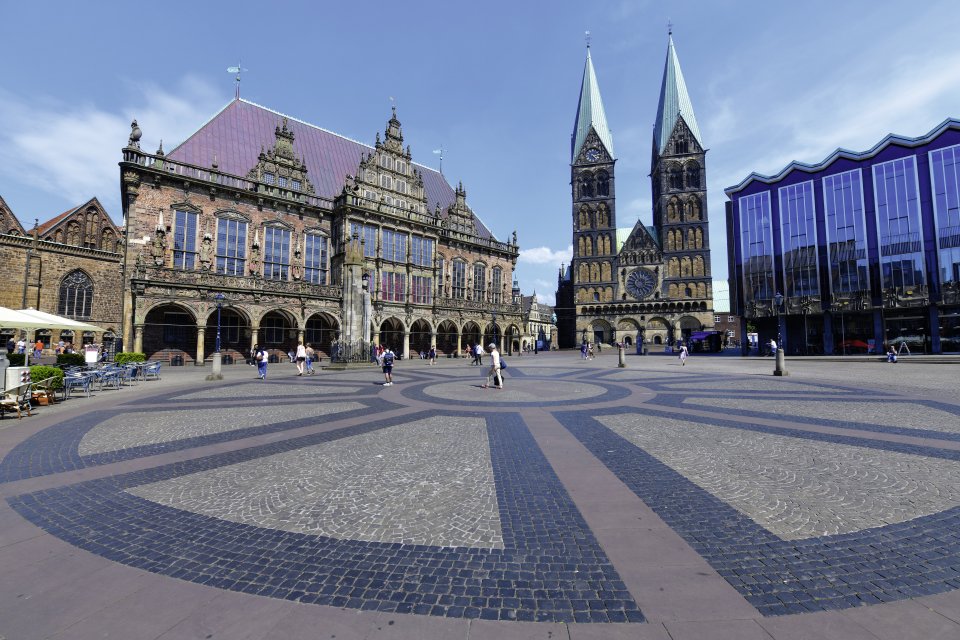
© WFB/Michael Bahlo
Art is Everywhere...
... you just need to take a closer look. On the Art in Public Space-website, you will find a wealth of information about all the artworks installed around the city. You're sure to find one with a story that catches your imagination.
The Legend of the Gluckhenne (Mother Hen) or the Story of Bremen's Founding
You may have passed Bremen's town hall at one time or another. Have you ever taken a closer look at the façade? You'll find a picture of a hen there. Back then, fishermen followed a hen and her chicks, assuming that where chickens could live, they would also find a safe place to stay. A little later, the first huts were built there. The legend of the hen is still passed on today as the story of the founding of Bremen.
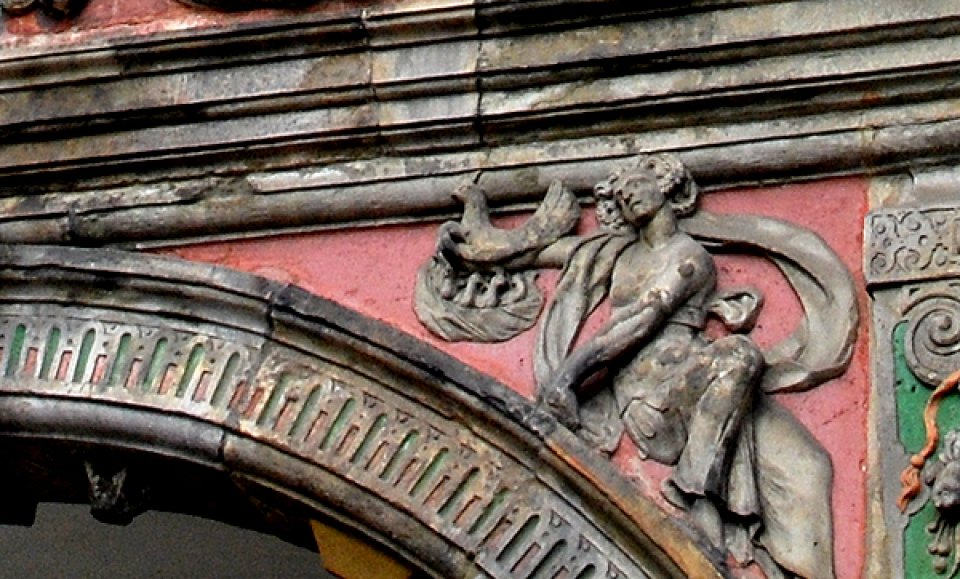
© privat / JUA
Paving Stones Mark the Course of a Former River
You've probably already walked across the former river Balge. Its origins take us back to a time when Bremen was still a marshy landscape. The tributary developed into an important waterway, but became smaller and smaller over time as a result of urban expansion and was eventually pushed aside completely. Today, cobblestones mark the almost forgotten branch of the Weser.
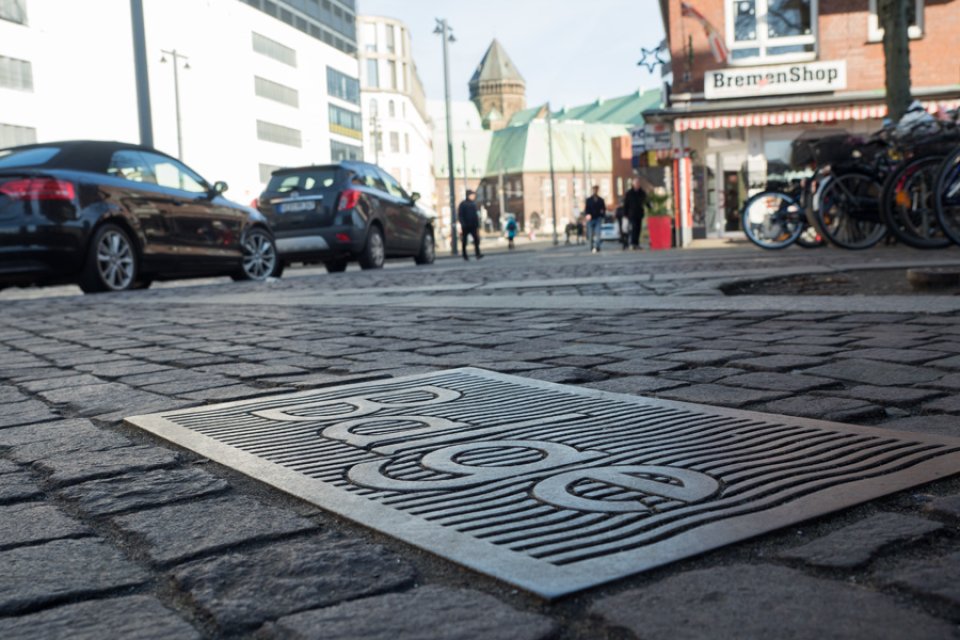
© Rike Oehlerking
Monuments and Memorials
You will also find a multitude of monuments and memorials in Bremen. Although some have almost been forgotten, every one of them has an important story to tell, which might well change your view of the city.

ArtPeeks – ART'N'WALK through the City
Take a walk around and discover Bremen's art in public spaces
© WFB
The Air-Raid Shelter that Looks Out Over Bremen
The murals on the walls of the Diakonissenbunker, an above-ground air-raid shelter in the Überseestadt (New Harbour District), are the first thing to catch your eye. Each of the four exterior walls depicts a gigantic figure, looking back at you through its binoculars. What inspired this? The artist Victor Ash created the work, "Look at me, look at you", in 2009, using a mixture of mural painting and graffiti techniques, to mark the 32nd German Evangelical Church Assembly, held that year in Bremen. The images are a striking synthesis of classical painting techniques and street art.

© privat / JUA
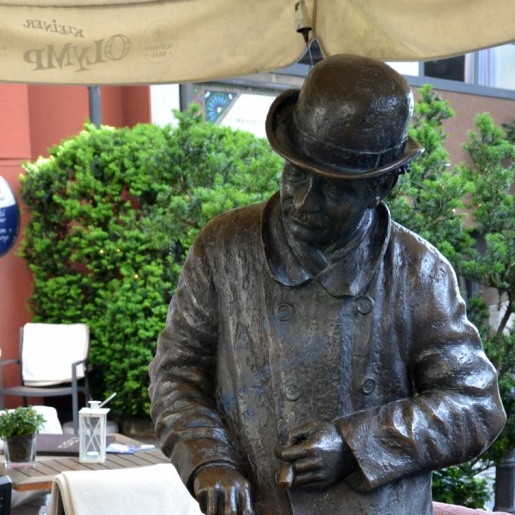
Legends and Monuments
© bremen.online GmbH / MDR